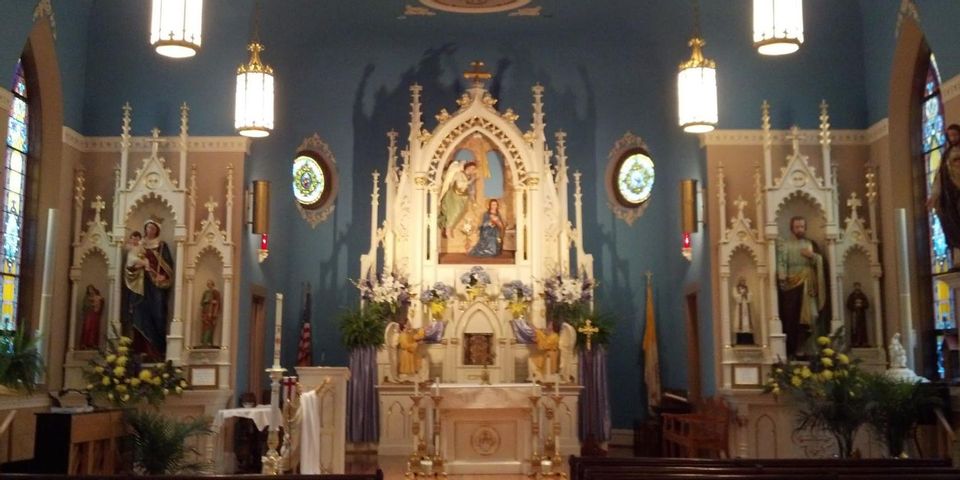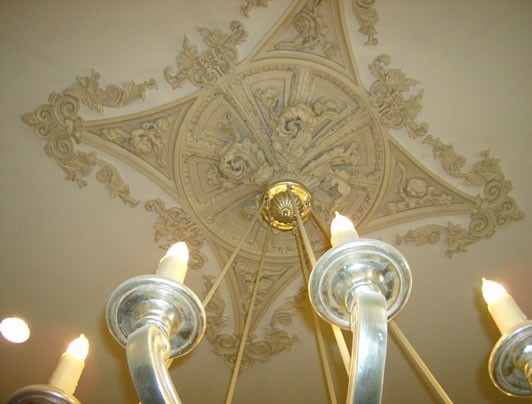
If you enter a historical building and look up, you might see an elegant display of ornamental plaster on or around the ceilings. This is an architectural practice that has been used since the time of the ancient Greeks and is still used in new construction today. The historic preservation team at Old World Plastering in Cincinnati, OH, are proud to be part of this timeless tradition and share a brief history of how plastering has beautified architecture.
The Tradition of Ornamental Plaster
The Origins of Plastering
The ancient Greeks and Romans took great pride in their quality architectural work, which is why so many of their buildings are still standing today. Their ornamental design was done using materials such as mud and clay, which could withstand the elements. The practice continued as people realized plaster could protect buildings form fire. Wealthier shop owners and homeowners brought together function and aesthetics by commissioning ornamental designs.
The Movement to America
Plastering became a trendy design in mid-1700s America, and so the practice moved from Europe to the new world. Small artisan shops became large-scale plaster operations. A century later, there were catalogs available from which property owners could order their designs, which were created from molds and then sent to their site. The design style in these catalogs and buildings varied greatly, with influences from Greek, Gothic, Spanish, and Renaissance styles. The designs started to reflect the rooms they were in; for example, a kitchen or dining room might feature fruit in its decorative plaster.
The most popular ornamentations were the cornice, medallion, and coffered ceiling. A decorative cornice ran the perimeter of a ceiling, while the medallion was a large design centered in the ceiling. Light fixtures such as chandeliers often hung from the center of these medallions. The coffered ceiling used sunken panels to create depth in the ceiling along with the ornamentation around the indentations.
If you’re fortunate enough to have ornamental plaster in your building or would like a new plaster masterpiece created, trust an expert to do the work. Greg Colina and the team at Old World Plastering combine old-school quality with today’s technology for unrivaled craftsmanship in their plastering services. Visit their website to see more of their work, and call (513) 481-1122 to discuss their services.
About the Business
Have a question? Ask the experts!
Send your question

